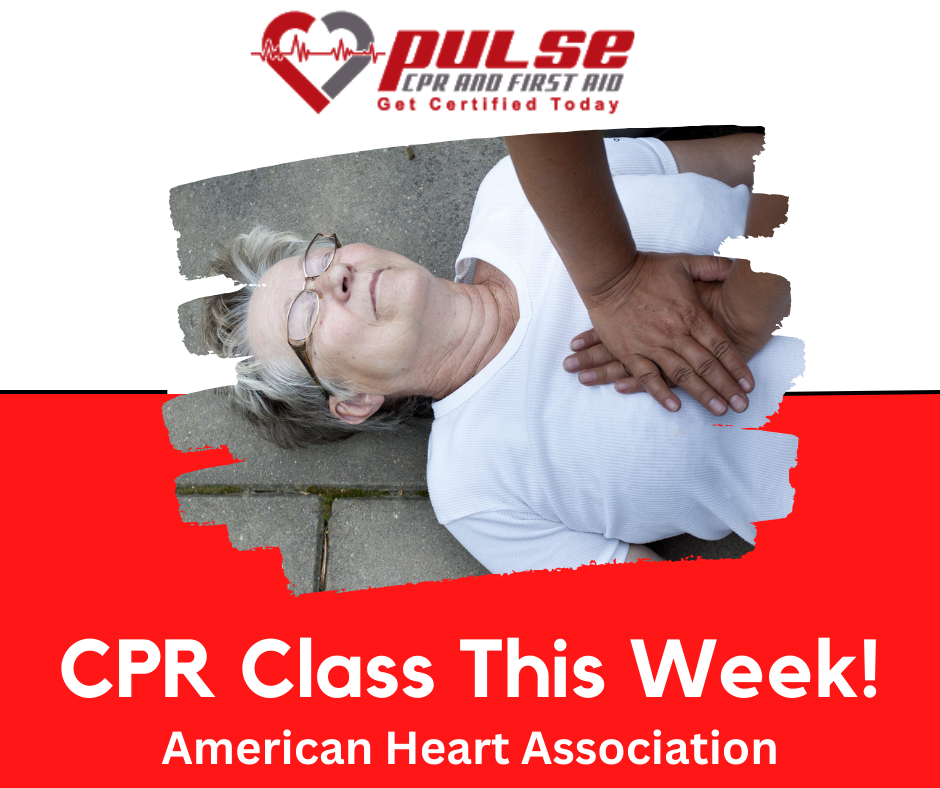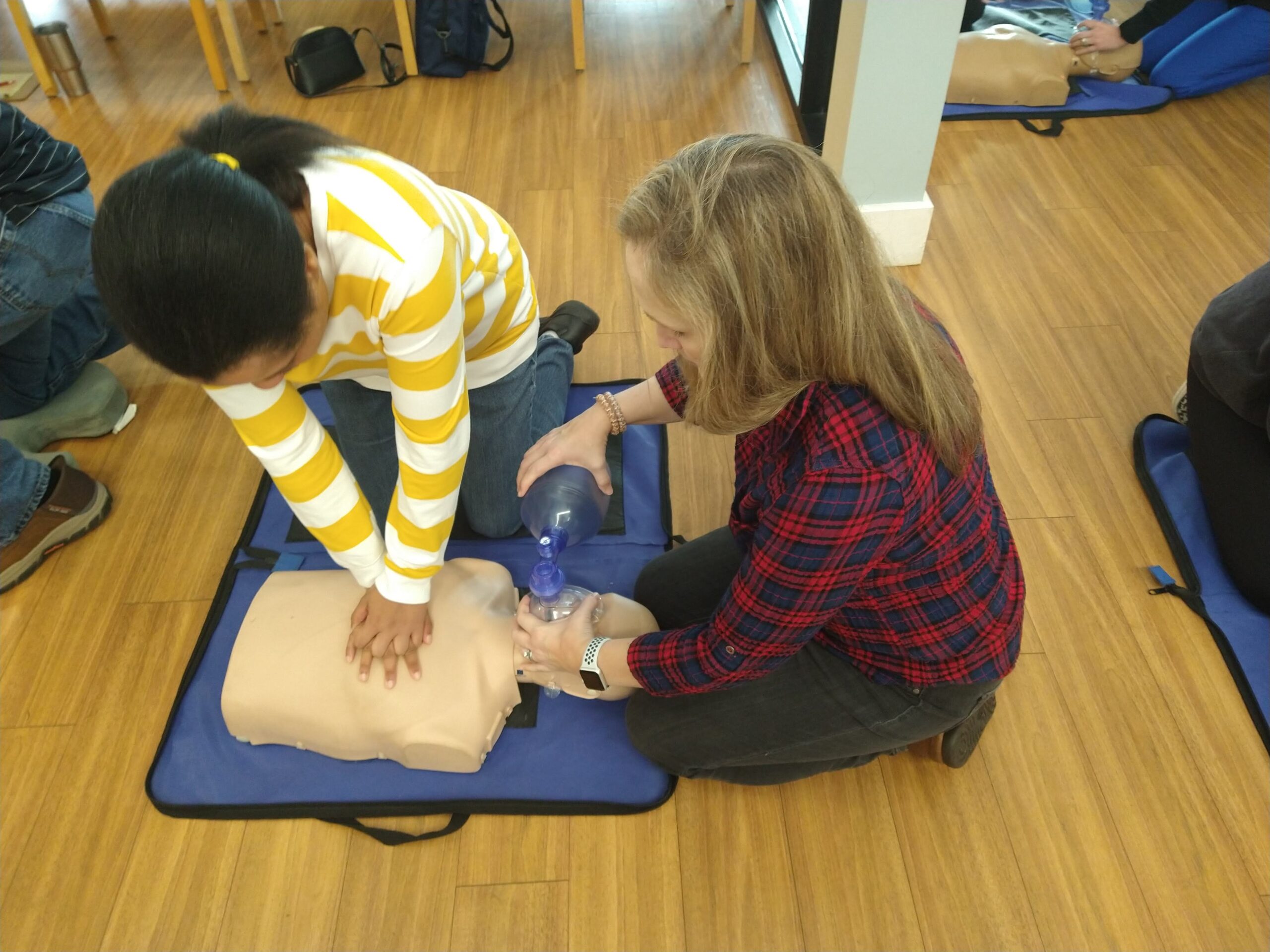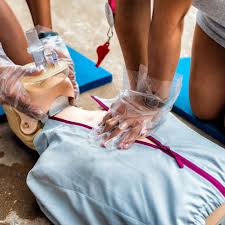“Empower Yourself with Comprehensive Basic Life Support (BLS) Training”
Are you prepared to be a lifesaver when every second counts? The American Heart Association’s (AHA) BLS course goes beyond basic CPR training, providing participants with the essential skills and knowledge needed to respond effectively to life-threatening emergencies. Backed by the latest scientific research and educational insights from the AHA Guidelines Update for CPR and Emergency Cardiovascular Care (ECC), this course offers a comprehensive approach to saving lives.

Who can benefit from this course? Healthcare professionals, first responders, and anyone in a position where quick action can mean the difference between life and death. Whether you work in a hospital, clinic, or prehospital setting, BLS certification is a must-have for anyone responsible for patient care.
Explore the Essential Components of BLS Training:
- High-Quality CPR Techniques: Learn the latest CPR guidelines and techniques for adults, children, and infants. From proper hand placement to compression depth and rate, master the skills needed to deliver effective chest compressions that can make all the difference in a cardiac arrest scenario.
- The AHA Chain of Survival: Gain insight into the critical steps that can improve the chances of survival in cardiac arrest situations. Understanding the Chain of Survival empowers you to act swiftly and decisively, increasing the likelihood of a positive outcome for the patient.
- Early AED Utilization: Automatic External Defibrillators (AEDs) are proven lifesaving devices that can significantly increase survival rates in cardiac arrest cases. Learn how to recognize when an AED is needed, how to use it properly, and why early defibrillation is crucial for patient survival.
- Effective Ventilation Techniques: Proper ventilation is essential for maintaining oxygenation and circulation during CPR. Through hands-on training and simulation exercises, develop the skills to provide effective ventilations using barrier devices, ensuring optimal patient care.
- Team Dynamics in Resuscitation: In a real-life emergency, teamwork can make all the difference. Learn how to function effectively as part of a resuscitation team, coordinating efforts and communicating clearly to maximize the chances of a successful outcome.
- Relief of Foreign-Body Airway Obstruction: Choking is a common emergency that can quickly become life-threatening if not addressed promptly. Gain confidence in your ability to clear airway obstructions in both adults and infants, ensuring rapid intervention when every second counts.
By investing in BLS training, you’re not just learning a skill – you’re gaining the confidence and competence to act decisively in critical situations. Don’t wait until an emergency strikes; enroll in the AHA’s BLS course today and join the ranks of certified lifesavers.





